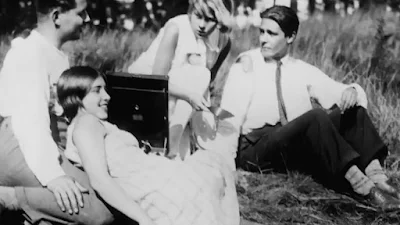In the realm of German cinema, the interwar period was characterized by exceptional style and technical mastery. However, amidst this backdrop of sophistication, People on Sunday (Menschen am Sonntag) emerged as a pioneering work, embracing a fluid, improvisational style to achieve a captivating realism.
Helmed by novice filmmakers Robert Siodmak and Edgar G. Ulmer, both destined for successful Hollywood careers crafting suspenseful thrillers, People on Sunday stands as a stark contrast to their later works.
It also deviates from the signature style of its screenwriter, Billy Wilder, who honed his documentary-like approach drawing inspiration from reportage by Siodmak's brother Curt, who would later become a prolific writer for Universal Studios' horror films.
It also deviates from the signature style of its screenwriter, Billy Wilder, who honed his documentary-like approach drawing inspiration from reportage by Siodmak's brother Curt, who would later become a prolific writer for Universal Studios' horror films.
A Cinematic Experiment
Bearing the tagline "a film without actors," People on Sunday chronicles a day in the lives of five Berliners, portrayed by non-actors cast in roles mirroring their own lives. Wolfgang, a wine merchant, engages in flirtatious banter with Christl, a movie extra. Their paths cross again at the lake resort of Nikolassee, where Wolfgang's invitation to join him extends to Erwin, a cabdriver, his wife Annie, a model, and Brigitte, a salesclerk.
In retrospect, the film's unpolished nature, given the impending exile that awaited its creators before the decade's end, strikes a poignant chord. Absent is cynicism; instead, the characters' unwavering optimism, embodied in their repeated utterance of the word "tomorrow," evokes a sense of pathos.
A Legacy of Realism
People on Sunday's impact on German cinema is undeniable. It marked a departure from the prevailing expressionistic style, paving the way for a more grounded, naturalistic approach. The film's influence extended beyond its German borders, inspiring filmmakers worldwide to embrace realism in their storytelling.
Today, People on Sunday stands as a testament to the power of cinematic experimentation and the enduring appeal of genuine human experiences captured through the lens of a camera. It remains a cherished piece of film history, a reminder of the transformative potential of cinema to reflect the complexities of life itself.

